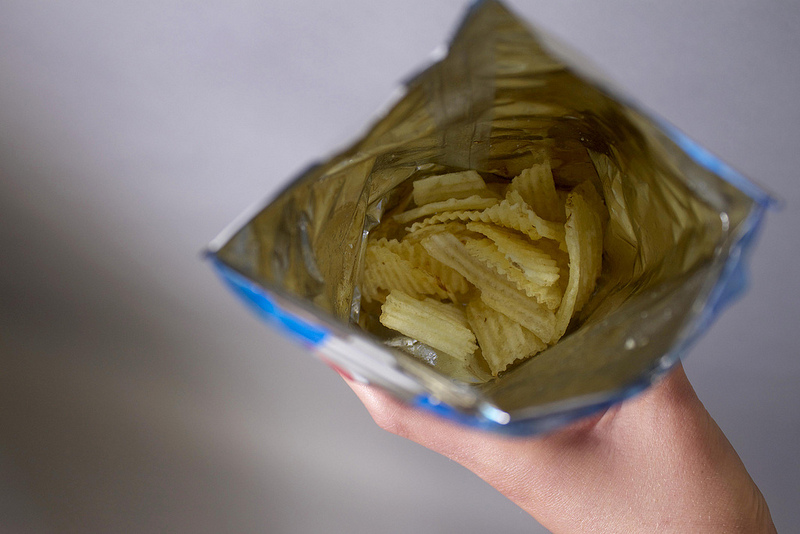From McCormick’s pepper tins to Old Spice deodorant sticks, ‘slack fill’ has become a legal battleground
When spice maker McCormick & Co. started shipping 25% less pepper earlier this year in the same packaging at about the same price, it was engaging in an age-old means of getting frugal consumers to pay more for less.
Consumer-products makers have used similar tactics as a way of pushing through effective price increases for everything from laundry detergent and tissues to yogurt and candy bars. In the food industry, it’s called “weight-out,” or putting less cereal or potato chips into a package. In toilet paper, the term is “de-sheeting,” when the number of tissues in a box or sheets on a toilet-paper roll are reduced.
The regulatory term of art for putting less in a package than meets the eye is “nonfunctional slack fill.” That probably isn’t the term that came to mind for anyone who’s ever opened a bag of chips to find barely a handful inside. But with companies squeezed between thrifty shoppers and—in some cases—rising costs, it’s one that could become more familiar.
 |
| An X-ray scan reveals just how much product is inside a 2.6-ounce stick of Old Spice deodorant in this composite image. P&G faced slack-fill complaints over its packaging. Photo: Parker Eshelman/WSJ |
Earlier this year, McCormick reduced the amount of pepper in its signature red-and-white aluminum tins. What once had eight ounces of pepper now has six. A medium container with four ounces has only three, and a two-ounce tin contains 1.5 ounces. The revised volumes were marked in the “net quantity of contents” label as mandated by federal regulation on the front of the tins.
Chief Executive Alan Wilson said in January that pepper costs had risen sharply over the past five years and that the company had little room to raise prices any further.
“We feel like we’re getting to a price point where it’s pretty stretched,” Mr. Wilson said during an earnings call that month, adding that the company is looking at other ways to offset the higher costs.
McCormick’s move to lower the volumes in its pepper tins angered century-old spice rival Watkins Inc., a privately held maker of household items. Watkins is claiming that altering the pepper contents without changing the container size is deceptive and put it at a competitive disadvantage. In a lawsuit filed this week, Watkins alleges that McCormick’s reduction of pepper volume violates federal laws that govern slack fill.Read the rest of the story HERE.
If you like what you see, please "Like" us on Facebook either here or here. Please follow us on Twitter here.






1 comment:
This is not a new practice at all. Back in the 80s we were heavy into animal rescue and would buy a pickup load of dog food at one time. If it was on sale within 3 counties you could bet I would know about it. Purina had a thing going back then that gave us a price break in the form of a rebate and helped out with extra coupons. We were buying 25 & 50 lb bags of food at the time. After unliading and storing a load once, I noticed that instead of being right at capacity for the number of bags, we had room left over. Recounted bags for correct count then got to looking. My 25 lb bags were now 20 & 18. Called their CS line and was told the change was made because they had been told by their customers that they wanted smaller bags (?? at the same price ???). With logic like that I figured to stay away from them.
Post a Comment